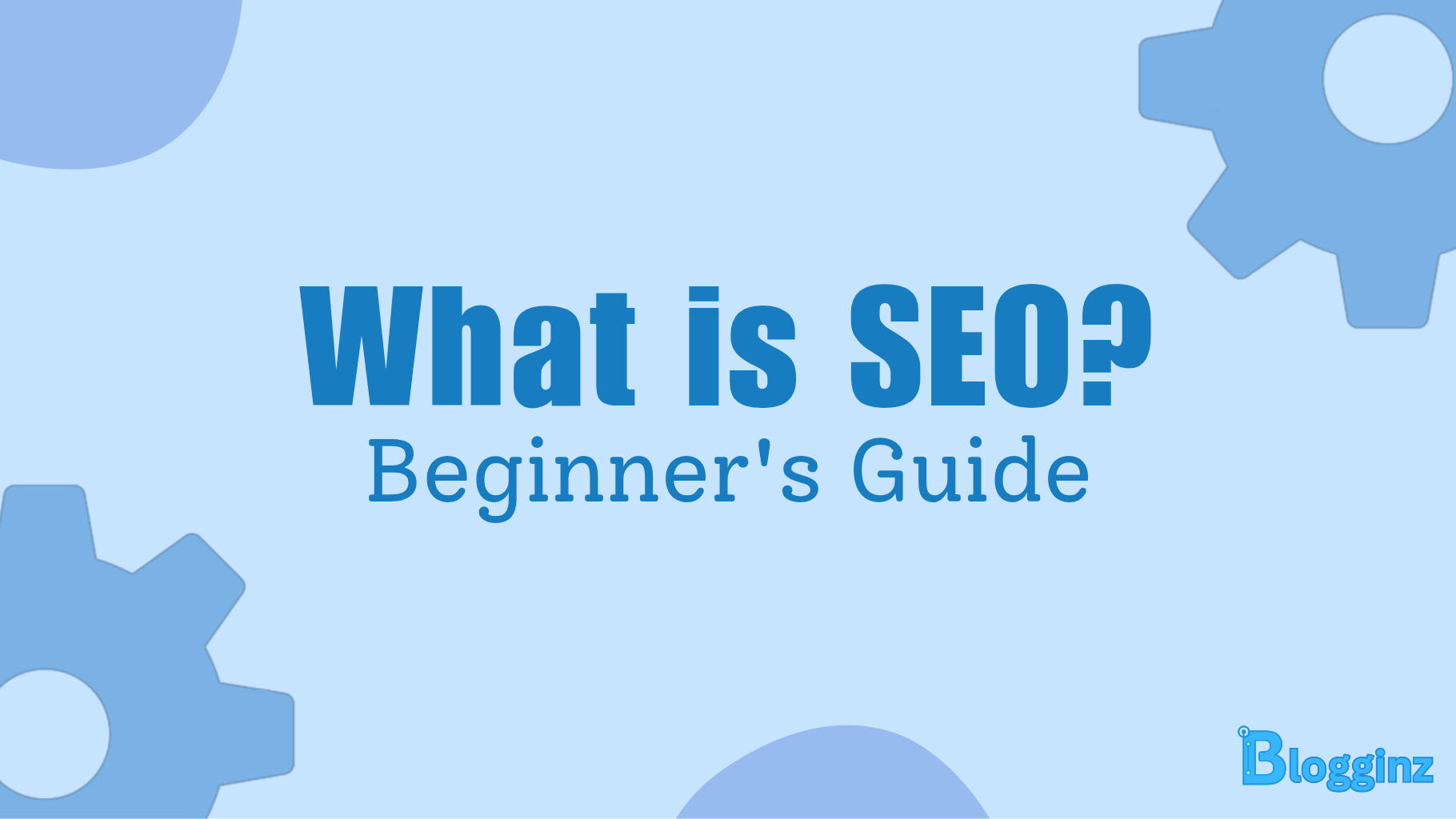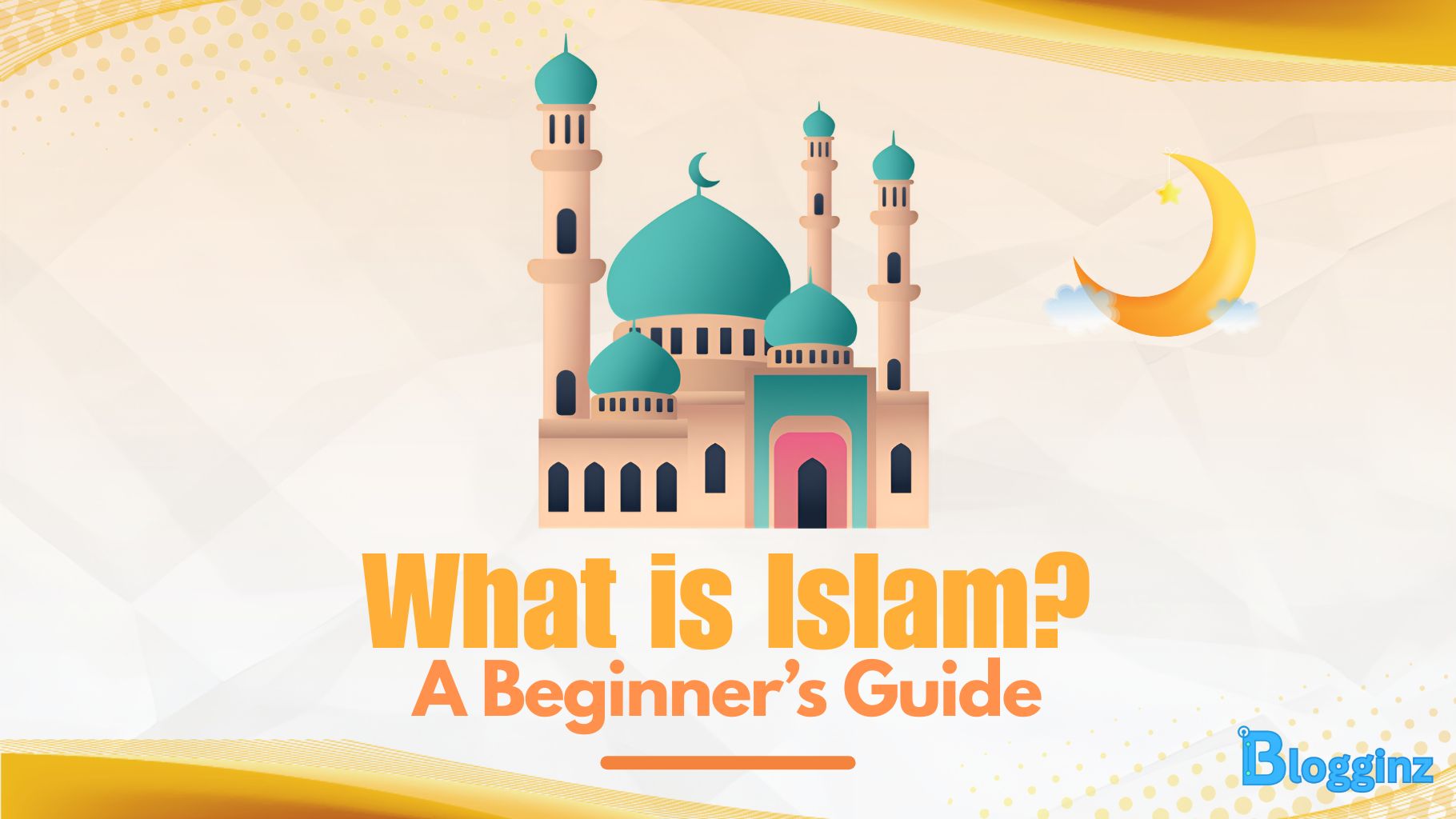Today, in the era of technology, having a website is essential, but it is not enough. To stand out online and reach the target audience, you must have a Search Engine Optimization strategy—SEO is the most common term used. However, what is Search Engine Optimization (SEO), and how does it benefit your website in growing? The guide for beginners gives you a full explanation of SEO in a clear and easy way so that you can begin to optimize your website as an expert.
What is SEO?
Search Engine Optimization (SEO) is the best and genuine way of improving the quality and creating value of a website in the search engine, e.g, Google, Yahoo, etc. When a keyword is searched by a user on a search engine then your website will rank first if the SEO of your website is done. SEO is basically about knowing the customers’ requirements, the words they use (keywords), and the workings of the search engines. If you optimize your site for those aspects, then you can increase your ranking and get free, organic traffic to your site.
Why SEO Matters
Think about it, you are owning a bakery in New York. If a person searches on Google for the “best bakery in New York”, you would like your bakery to appear at the top. SEO is the means that exactly helps you to achieve that. Here are the reasons why it is important:
Free Traffic: Organic traffic is like a gift because it gives you sales without any additional cost.
Better Visibility: Top positions = more visitors = more sales.
Trust and Credibility: Consumers are more likely to trust brands that consistently rank at the top of the SERPs.
Long-term Results: A good SEO strategy can maintain its performance for a long time, even years.
How Do Search Engines Work?
Search engines follow a simple procedure to locate and rank content:
- Crawling
To find information on the internet, search engines have bots (also known as spiders). Their work is to go from one page to another by links and gather information for checking. - Indexing
The data is stored in a big database named an index after the crawling process. This is where your content becomes “filed” and is now ready for the users. - Ranking
The search engine ranks the most relevant pages when a user enters a keyword in the search engine. This ranking is based on hundreds of factors, such as page quality, user experience, backlinks, and keyword relevancy.
Types of SEO
SEO is a big field with a number of subfields. Here are the main types:
- On-Page SEO
This covers all your website activities to get optimized for search engines:
Finding the right keywords
Creating relevant and quality content
Optimizing title tags and meta descriptions
Enhancing the site structure
Utilizing header tags (H1, H2, etc.) - Off-Page SEO
This refers to measures carried out outside your site:
Backlinks (links from other websites to yours)
Social media mentions
Influencer outreach
Online reviews - Technical SEO
It concerns the extent to which search engine bots can efficiently navigate and gather information from your site:
Site speed
Mobile-friendliness
XML sitemaps
HTTPS (security) - Local SEO
If you operate a business that targets the local market, local SEO can assist you in ranking higher in the searches that include “near me”.
Making a Google Business Profile
Local citations
Getting reviews from customers
Keyword Research: The Heart of SEO
One can say that everything in SEO starts from keywords. The words, phrases/sentences that are typed by users into search engines’ search bars.
How to Do Keyword Research:
Brainstorm Topics: Try to put yourself in your audience’s shoes and imagine what they could be searching for.
Use these tools to find out the difficulty and volume of the keywords: Google Keyword Planner, Ubersuggest, and Ahrefs.
Find Long-Tail Keywords: These are more specific (e.g., “best vegan cake recipe” instead of just “cake”).
Look at Competitors: See what keywords they rank for.
Tip: Opt for keywords that have a reasonable search volume, but at the same time, with low or medium competition.
Creating SEO-Friendly Content
After you are done selecting keywords, it is time for you to write content that ranks. The following is the way:
- First Of All, Write For Humans
Your content must be informative, simple to understand, and provide a solution to a problem. - Use Keywords Naturally
Here are the places where you should put your main keyword:
The title
First 100 words
Headings (like H2 or H3)
Image alt tags
The URL - Include Internal Links
Link to other places on your site to support users and search engines find their way more smoothly. - Use Engaging Titles and Meta Descriptions
These are the places where the search results are shown. Make them attractive and have your main keyword there. - Add Multimedia
Employ visuals, videos, and infographics to raise the interactivity of your material.
On-Page SEO Checklist
For each blog post or web page, here’s a quick checklist to follow:
✅ One main keyword per page
✅ Use your targeted keyword in the title, and the characters in the title should be below 60 characters, so it remains shorter.
✅ Create a catchy meta description (up to 160 characters)
✅ One H1 tag and relevant H2/H3s
✅ Pictures with descriptive alt text
✅ Optimize URL (short and keyword-rich)
✅ Add links (internal and external)
✅ Mobile-friendly layout
✅ Fast loading speed
Backlinks: The Power of Authority
Backlinks have a significant impact on Google’s ranking algorithm. If well-known sites in your niche link to your site, the situation is like they are endorsing you.
Ways to Get Backlinks:
Guest blogging
Creating shareable content (guides, infographics, tools)
Broken link building
Reaching out to bloggers in your niche
You can get high visits/traffic from search engines by creating high-quality backlinks on high DR platforms.
Technical SEO Tips
Even if you have good content, it might get a low position if search engines are not able to reach your site. This is what you need to focus on:
Mobile Optimization: Make sure your site looks good on any device.
SSL Certificate: Make sure your site is secure (HTTPS).
Fast Loading Speed: Reduce the images’ size and use a cache.
Clean URL Structure: URLs should be short and clear.
Fix Broken Links: Identify and fix 404 errors.
Create an XML Sitemap: Search engines find it easier to index your site.
Use Robots.txt: It is the place where you are going to tell the search engines which parts of your site have permission to be accessed.
Local SEO for Small Businesses
If you want to be found in local searches like ‘pizza near me,’ then local SEO is your friend.
How to Boost Local SEO:
Sign up and verify your Google Business Profile
Be sure to use your business name, address, and phone number (NAP) consistently everywhere.
Ask your satisfied clients to write Google reviews.
Getting listed on local directories such as Yelp and Yellow Pages.
Use local keywords such as “plumber in Chicago”
Measuring SEO Success
How can you tell if your SEO activities yield positive results?
Use These Tools:
Google Analytics: Helps you know visitors and their behavior on your website.
Google Search Console: Keeps track of how your site is doing in Google search.
Ahrefs / SEMrush / Ubersuggest: Gives you keyword rankings and backlinks.
PageSpeed Insights: Makes a diagnosis of your site and its technical problems.
Key Metrics to Watch:
Organic traffic growth
Keyword rankings
Bounce rate
Pages per session
Conversion rate
Common SEO Mistakes to Avoid
❌ Keyword stuffing (overusing keywords unnaturally)
❌ Publishing duplicate content
❌ Ignoring mobile optimization
❌ Forgetting to add meta descriptions
❌ Buying low-quality backlinks
❌ Not updating old content
How Long Does SEO Take?
SEO is not a quick fix. It is a strategic and big plan. Certain adjustments can have a quick impact on your website’s position; however, significant improvements take around 3 to 6 months or even more if you want to rank in a highly competitive market. Repetitiveness is crucial.
Continue to create valuable content, get backlinks, and a good user experience on your site.
Concluding Speech: Begin from Little, Grow Large
SEO could appear complicated in the beginning, but it essentially revolves around making your content easy to find. Concentrate on the creation of useful content, providing a good user experience, and being steady in optimization.
Here is a list of things a beginner should keep in mind:
Start with keyword research
Optimizing your pages and content.
Make your site fast and mobile-friendly
Get quality backlinks
Tracking your progress with the tools.
Be it a blogger, a business owner, or an online creator, learning and applying SEO techniques is among the best ways to grow your online presence.
FAQs
Search Engine Optimization (SEO) is a way of improving the quality of a website in the search engine, e.g, Google, Yahoo, etc. When a keyword is searched by a user on a search engine then your website will rank first if the SEO of your website is done. SEO is basically about knowing the customers’ requirements, the words they use (keywords), and the workings of the search engines. If you optimize your site for those aspects, then you can increase your ranking and get free, organic traffic to your site.
SEO is not a quick fix. It is a strategic and big plan. Certain adjustments can have a quick impact on your website’s position; however, significant improvements take around 3 to 6 months or even more if you want to rank in a highly competitive market. Repetitiveness is crucial.
The four primary types of SEO are local, technical, off-page, and on-page SEO. Content and keyword optimization are the focus of on-page SEO. The focus of off-page SEO is on external signals and backlinks. Improved mobile friendliness and site speed are two benefits of technical SEO. Local SEO aims to increase exposure in searches depending on location.
Yes, you can watch YouTube tutorials and use tools like Yoast SEO to perform basic SEO on your own. However, it may be more efficient to engage with an SEO specialist or agency if you’re in a competitive niche or want quicker results.



No comments yet
Be the first to comment